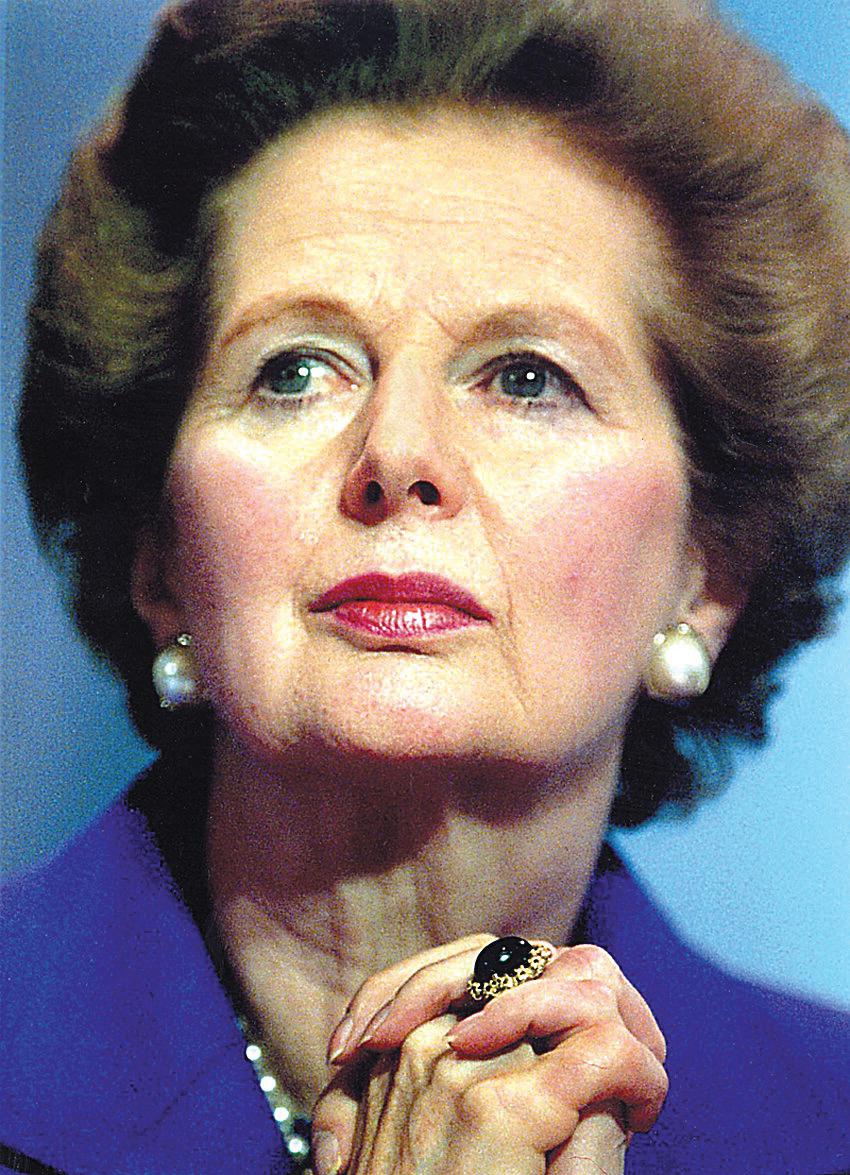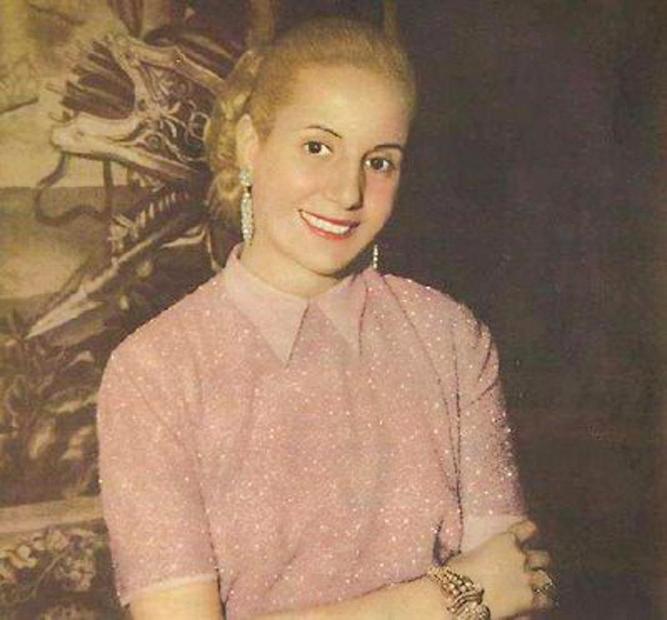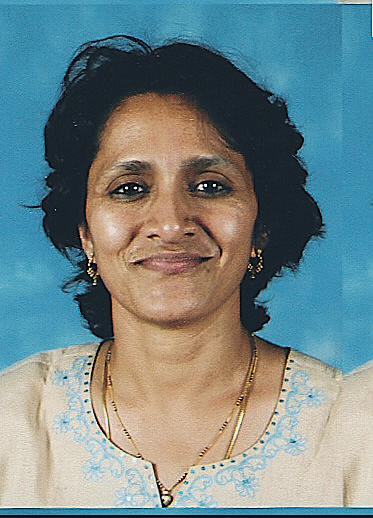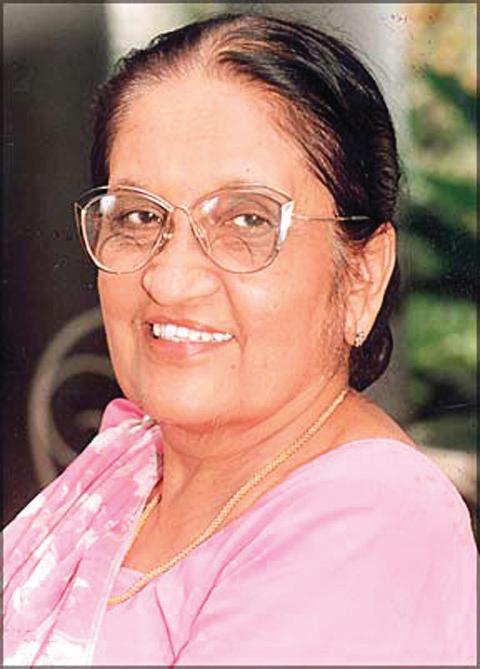
4 minute read
Hey dude! She rulz!
from 2010-07 Sydney (2)
by Indian Link
As new Prime Minister Julia Gillard announces Federal Elections, we cast a look back on women leaders in modern times
BY NIMA MENON
“Love and respect woman. Look to her not only for comfort, but for strength and inspiration and the doubling of your intellectual and moral powers. Blot out from your mind any idea of superiority; you have none.”
Giuseppe Mazzini
Time and time again, women have shown that they can juggle home and family with societal and professional commitments. Women leaders especially have been a force to reckon with, be it the queen of Jhansi who faced the mighty British with her baby cocooned on her back, or Corazon Aquino who stepped into the role of President of Philippines after her husband’s assassination.
According to the Packard Foundation’s Dr. Musimbi Kanyoro, “Domination as a leadership style is becoming less and less popular. There is a new growing appreciation of...those traits that women use to keep families together and to organize volunteers to unite and make change in the shared life of communities. These newly admired leadership qualities of shared leadership, nurturance and doing good for others, are today not only sought after but also needed to make a difference in the world....A feminine way of leading includes helping the world to understand and be principled about values that really matter.”
This world has had some very influential and dynamic women leaders. India’s very own Indira Gandhi set a trend that was hard to ignore. She ruled with an iron hand and traversed paths that not many men have dared to. It would not be wrong to say that she was instrumental in more ways than one in re-shaping Indian politics. She not only commanded respect but fear interlaced with awe. A hardnosed pragmatic, she ruled the largest democracy in the world with firmness and determination, taking hard and tough decisions when needed.
Nicknamed “Iron Lady”, Margaret Thatcher of Great Britain led her country through recession and high unemployment into a period of relative prosperity, thus raising its stature among developed countries.

Eva Peron, the first lady of Argentina (second wife of President Juan Peron) used the powers of her stature to fight for the rights of the poor and women in her country and founded the first large female political party in Argentina.

Golda Meir was the fourth Prime Minister of the state of Israel, who with her crisis management techniques and presence of mind gained the approval of the United States. It was said that she was the “best man in the cabinet”.
Mary McAleese, the President of Ireland, has surprised many of her critics by ruling a country divided by conflicts with immense capability and has built many bridges in an effort to diffuse tensions.
The honour of becoming the first woman in the world to become Prime Minister goes to Sirimavo Bandaranaike of Sri Lanka. She was elected prime minister three times, 196065, 1970-77 and 1994-2000. Her terms have seen the country through both good and bad times and during her last term she was more popular abroad than in her own country.


England has seen some very powerful female monarchs, from Queen Victoria to Queen Elizabeth I and now Queen Elizabeth II. The stories of these monarchs have told us the sacrifices they have made for the sake of the crown and even in times when men ruled the world, they carved a niche for themselves with their grit and steadfastness, commanding allegiance from the most powerful nations in the world.
The years 2007 to 2010 have seen many emerging female world leaders. Starting with the President of India Pratibha Patil in 2007, Argentina and Bosnia also got their women leaders. While in 2008, Australia got its first female Governor General in the form of Dr. Quentin Bryce, in 2009 Bangladesh, Iceland, Croatia and Lithuania and in 2010, Costa Rica, Finland, Trinidad and Tobago, Switzerland and Kyrgyzstan saw women leaders taking oath to the highest office.
2010 has also been a roller coaster year for Australian Prime Minister Julia Gillard. As Education Minister she ruffled a few feathers and earned the ire of the educationists and teachers across the country with her “My School” website. When things seemed to be settling down on that front, she took the headlines again with her move into the top position in a matter of few hours, nudging the man whose deputy she was into the alleys of depression and frustration.

With Australia on the threshold of another Federal election and with a 50-50 chance of getting our first elected female
Prime Minister, it is time to have a look at the characteristics of a female leader. It is believed that female leaders are more assertive than their male counter parts. They have a stronger need to get things done and surprisingly are more willing to take risks. They are more empathetic, are able to read situations better and have better interpersonal skills, thus making them better bargainers too. They come across as genuinely caring and understanding, so that the people they lead feel more supported, understood and valued. For argument’s sake, the question, “What makes a leader?” is a complex one. One leadership expert has noted that “evidence from contemporary studies on sex-roles and leadership indicates that men and women, with similar education, career aspirations and training, have basically identical scores it in her to join the echelons of the world’s great female leaders who have steered their country towards prosperity. Only time will tell if the people of Australia are ready to take that chance. As for me, I don’t go by gender-based leadership. I admire great female leaders, but am I ready to give Julia a chance........ only time will tell!!!








